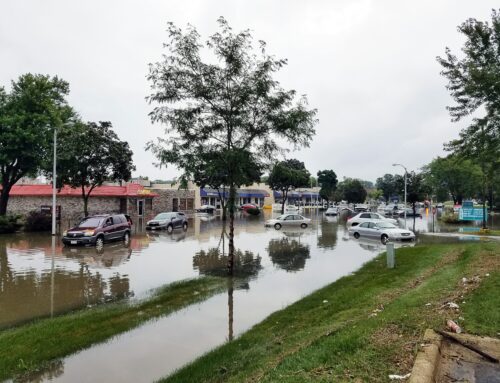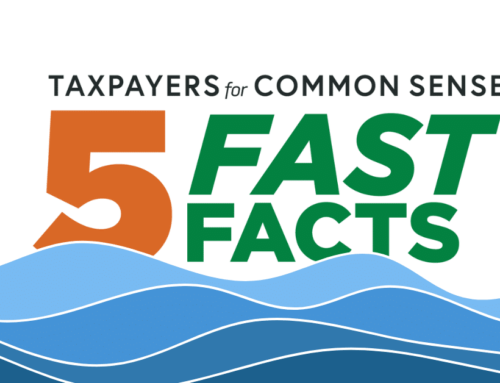View/Download this article in PDF format.
The United States maintains the most advanced water system in the world, but faces major funding challenges over the next twenty years to keep it operating properly. With the nation’s water infrastructure nearing the end of its life, federal, state and local governments will face hundreds of billions of dollars in replacement and upgrade costs over the next two decades.
Though experts and policymakers do not question the value of securing safe drinking water well into the twenty-first century, there is a growing concern about how states, communities and the federal government will pay for these extensive upgrades. Banking on the Future focuses on the coming funding gap crisis for water infrastructure and suggests how to make smarter water infrastructure investments that have more “bang for the buck.” Though the report focuses on southeastern Pennsylvania, it explores an issue that communities are facing all across the nation: how to manage the fiscal crunch when the bill comes for essential water infrastructure improvements.
The costs are certainly steep. The Congressional Budget Office (CBO) projects that nationally it will cost between $24.6 billion and $41.0 billion annually over the next twenty years to replace the country’s aging drinking and wastewater infrastructure; in Pennsylvania, water infrastructure replacement costs are estimated to be roughly $47 per person annually through 2025. Decisions we make in the short term could drive these long-term costs even higher.











Get Social